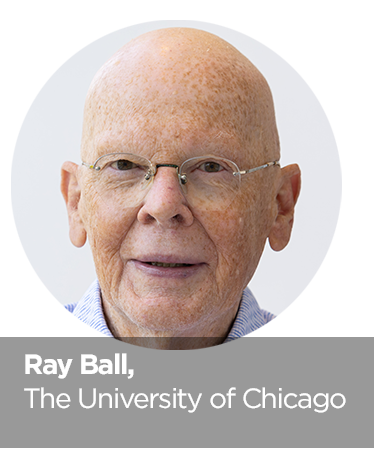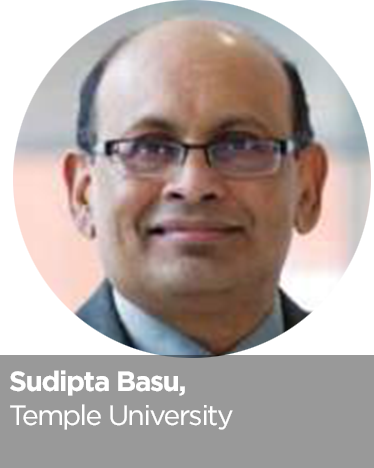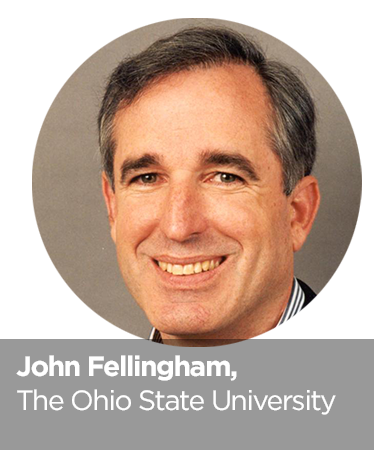As double-entry accounting developed and spread, two questions were of primary importance:
-
Why is double-entry better than single-entry accounting?
-
What are the limits to the use of double-entry accounting?
A lot of answers have been given to the first question but, as yet, nothing definitive. The second
question, however, was answered completely by Cayley in 1894: double-entry techniques can be broadly used
to capture and convey almost anything. But what should it be used to capture and convey? The measurement
school attempted to answer this question by probing the nature of income, costs, etc. The information
content school attempted to answer this question by looking at the uses to which accounting information is
put. In our view, both these schools of thought have reached the point of diminishing returns. More
importantly, both de-emphasize – or completely ignore – double-entry. Is there a way forward that
preserves the insights gained by the measurement and information schools and incorporates double-entry? In
this talk we will explore the limitations of the measurement and the information content schools, then
introduce an approach that has the potential to extend the information approach in a way that captures
double-entry.
Moderator: David Ziebart, University of Kentucky
Panelists: Rick Antle, Yale University and John Fellingham, The Ohio State University
 CHICAGO 2025
CHICAGO 2025




